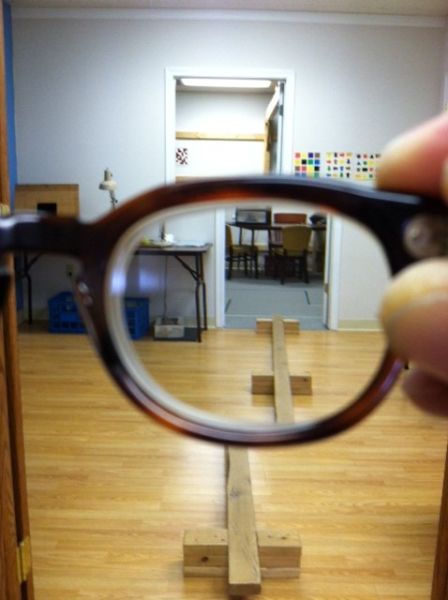The most common visual difficulties that children may have which affects performance at school are:
- Visual Stress
- Visual-Spatial Instability
- Fine Ocular Motor Dysfunction
First, some background about vision.
For eons, our vision developed to see far away. Hunting, gathering, spotting game and enemies; we did only brief periods of near work. A perfect match of far vision with what we needed to do to survive. But about 150 years ago, everything changed.
We began working at crafts, then in factories. About 100 years ago, compulsory education really began. Today worst of all, computers and cell phones everywhere; our vision was developed earlier for seeing distances, but now nearly everything we do requires prolonged, intense near vision work.
There’s a fundamental mismatch between our distance preference vs. the constant, intense near-seeing work we do.
VISUAL STRESS
Try this: Hold a pen at full arm’s length away and fixate on the tip of the pen. Slowly bring the pen in towards the tip of your nose. At first it seems pretty easy, but as you get closer to the tip of your nose do you feel any tugging or pulling sensations? Do you feel how much more effort is required to see up close?
What you are experiencing is VISUAL STRESS.
Some of us can have difficulty managing ourselves in a highly visual world. That is the balance between vision and space can be off.
As you view the next DEMO picture notice how the prism glasses shift part of the room space to the side. Some of us can visually adjust our balance to this. Others with VISUAL-SPATIAL INSTABILITY cannot.
There are three basic choices we make when confronted with a visual problem.
Physical changes from learning to cope with the daily situation. A good example of this is the development of myopia or nearsightedness. Nearsightedness was not that common many years ago. In 1910, 14% of the U.S. population was nearsighted. Recently the National Eye Institute indicated a 66%, and rising, increase since the advent of personal computers.
Force themselves to do the work but with reduced comprehension or performance. For example, try to experience like it might be if you had a FINE OCULAR MOTOR DYSFUNCTION (tracking problem).
Try reading and comprehending the following UpDown Reading Card (click to enlarge).
The person simply avoids doing near work. You suspect ADD or ADHD or Dyslexia. But the child can concentrate on topics or activities they like. A fact is that 90% of all juvenile delinquents have this type of problem.
Visual difficulties can be overcome through lenses and Vision Therapy opening the door to helping you to become the person you can be.
Look at the following short video. One of these girls experienced a stroke shortly after birth. She was worked-up years later at a University Hospital and diagnosed as cerebral blindness and left visual field loss. She was to be started in a training program for the blind before I began treating the vision that she had through Vision Therapy. Can you pick her out?

